Comprehensive Manual for Brake System Procedures
Product Overview
This manual provides a detailed guide to the structure, function, and maintenance standards of brake systems. It includes essential procedures for testing, adjusting, disassembly, and reassembly, along with comprehensive diagrams and drawings to assist in maintenance tasks.
Table of Contents
- Index and Foreword
- Specification
- Structure, Function, and Maintenance Standard
- Standard Value Table
- Testing and Adjusting
- Disassembly and Assembly
- Diagrams and Drawings
Releasing Residual Pressure in Brake Accumulator Circuit
Before disconnecting any brake accumulator circuits, it is crucial to release the residual pressure to ensure safety and prevent damage. Areas requiring pressure release include:
- Piping between the accumulator charge valve and brake accumulator
- Piping between the accumulator charge valve and parking brake solenoid valve
- Piping between the brake accumulator and the brake valve on both sides
To release pressure:
- Stop the engine.
- Press the brake pedal at least 100 times to effectively release the pressure from the brake accumulator circuit.
Testing Parking Brake Performance
Measurement Conditions
- Tire inflation pressure must be set to the specified level.
- Testing should be conducted on a dry road with a gradient of 1/5 (11u00b0 20′) that is flat and prepared for operation.
- The machine must be fully equipped and ready for operation.
Measuring Method
- Start the engine, position the machine for straight travel, and drive up a slope with a gradient of 1/5 without any load in the bucket.
- Apply the brake to halt the machine, set the directional lever to the neutral (N) position, and turn off the engine.
- Activate the parking brake by switching it ON (to park), then slowly release the manual brake. The machine should remain stationary.
- Ensure the parking brake is automatically activated when the engine is off to verify performance on both uphill and downhill conditions.
This manual ensures that maintenance and testing are carried out accurately, enhancing safety and prolonging the lifespan of the brake system components.
Only logged in customers who have purchased this product may leave a review.
Related products
$32.50
$34.00
$33.50

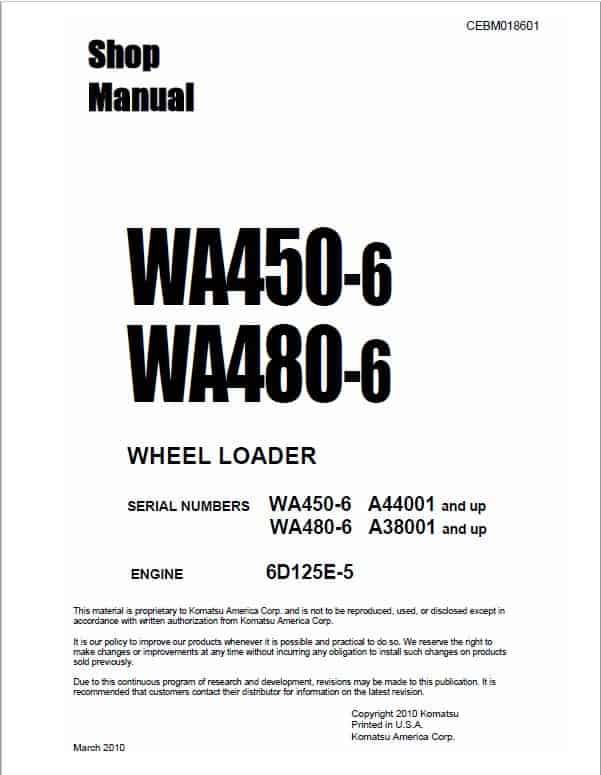
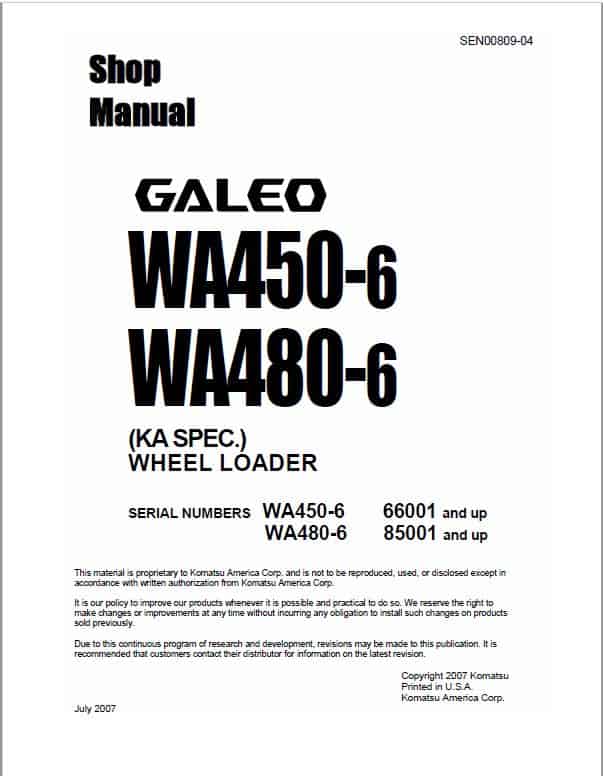
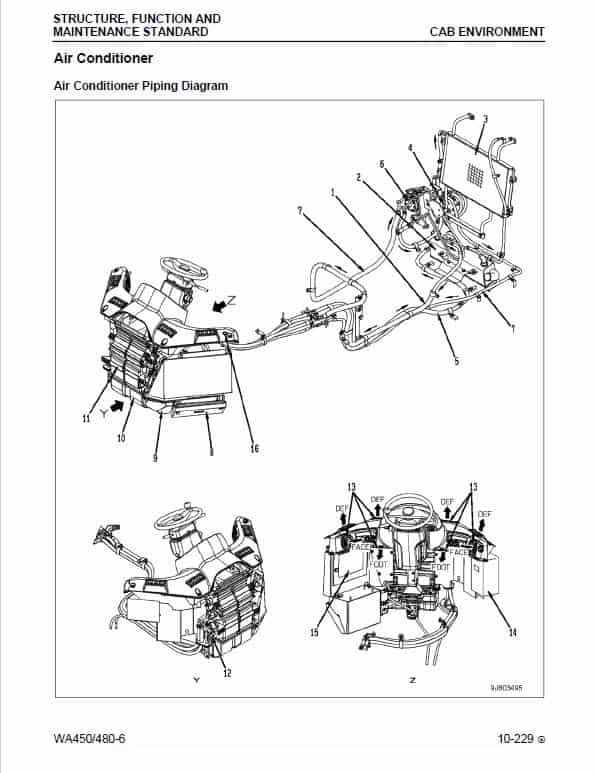
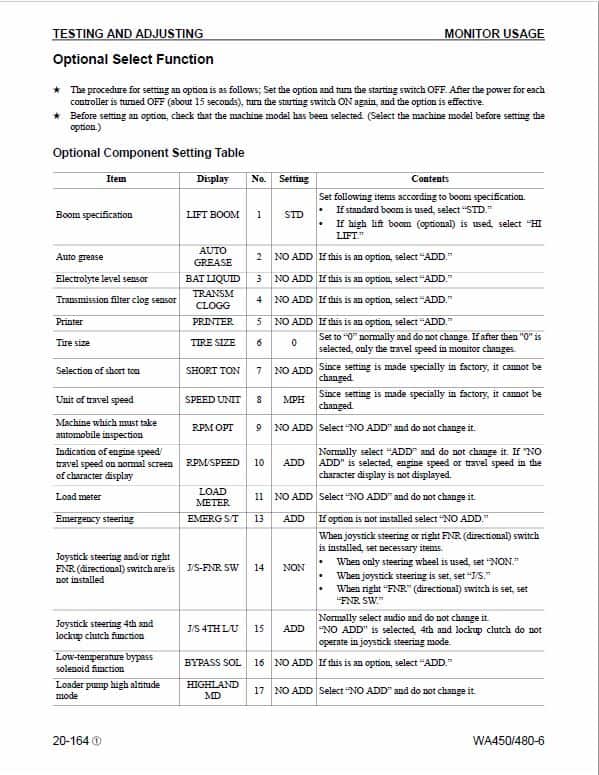
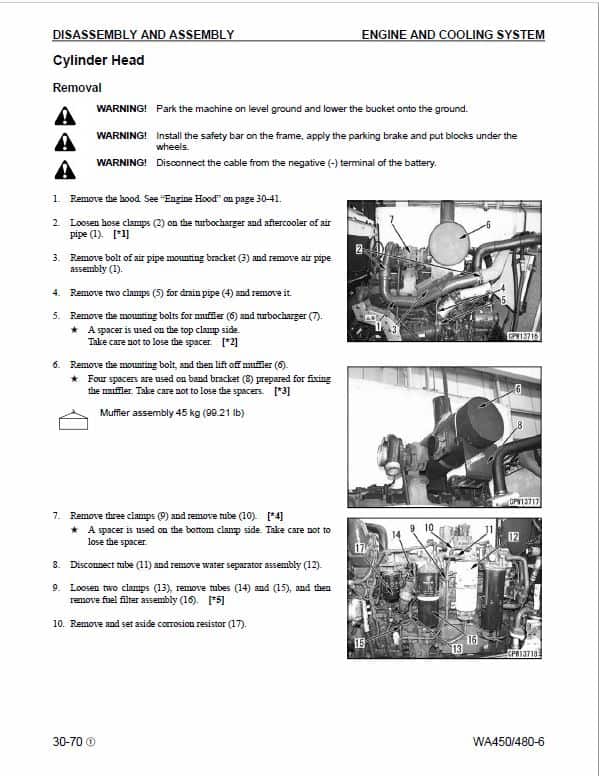
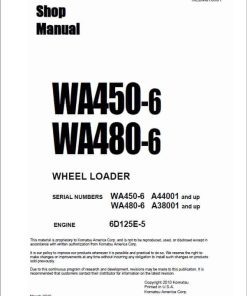

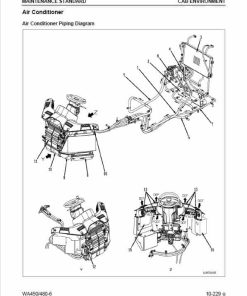
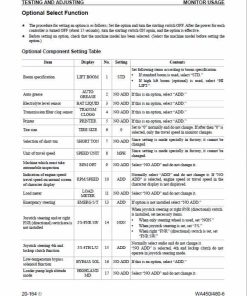
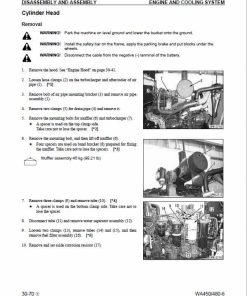
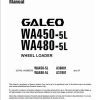

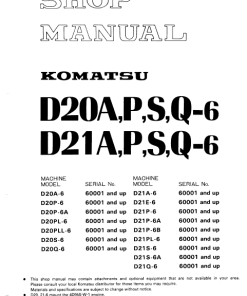
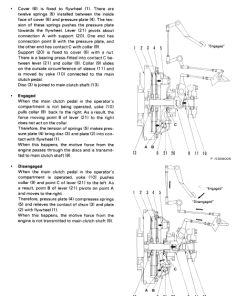
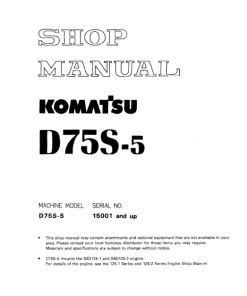
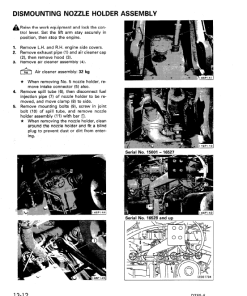
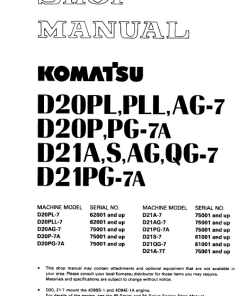
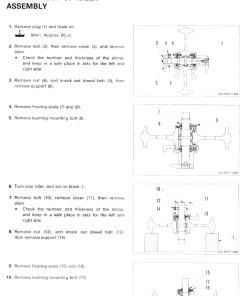
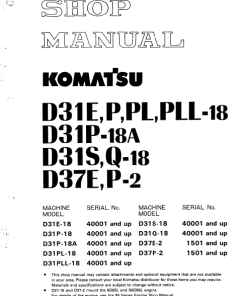
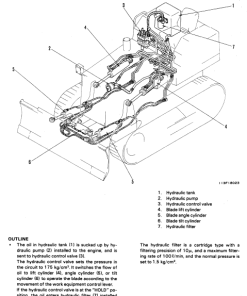
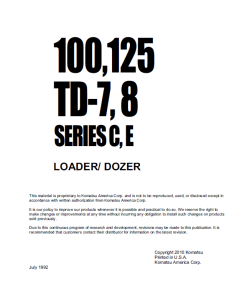
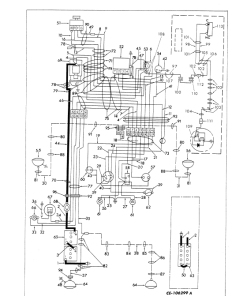

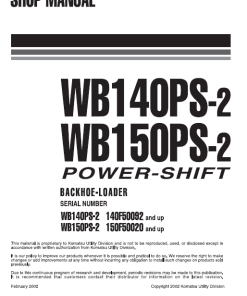
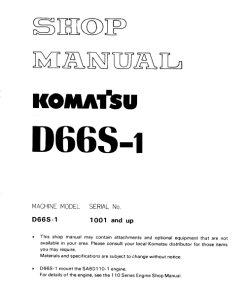
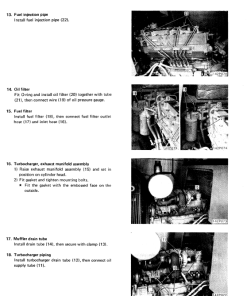
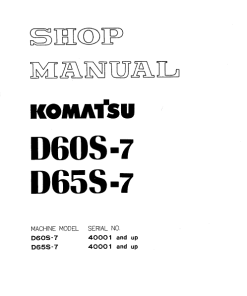
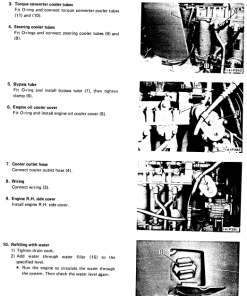
Reviews
There are no reviews yet.